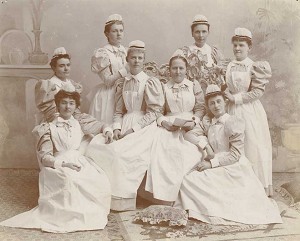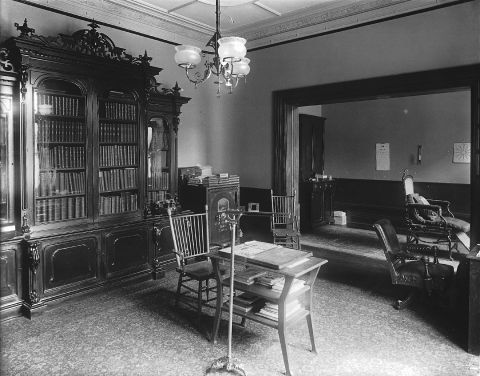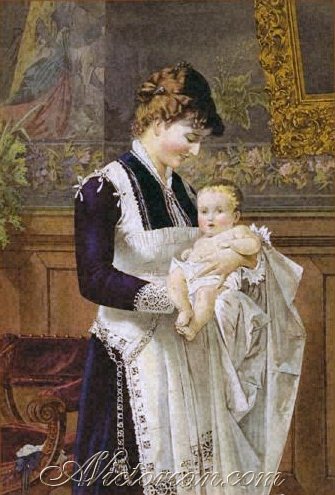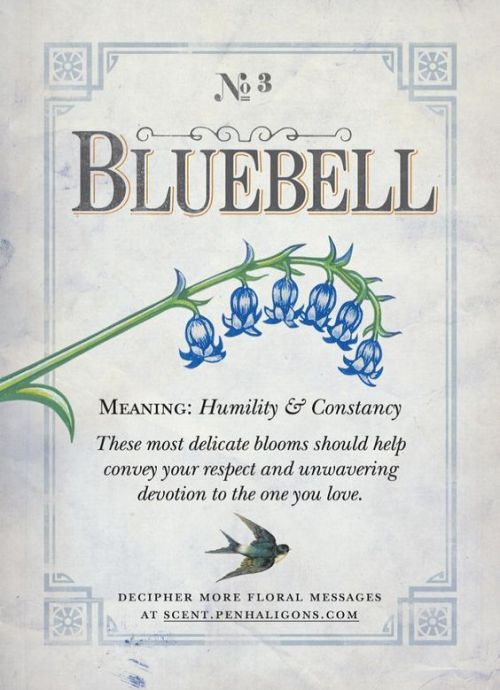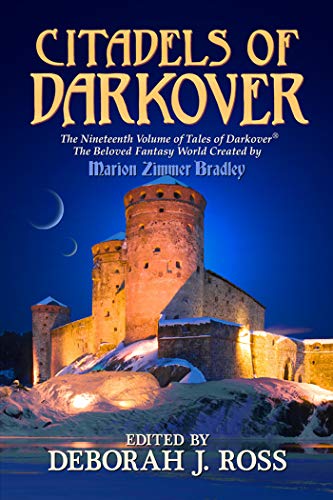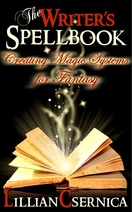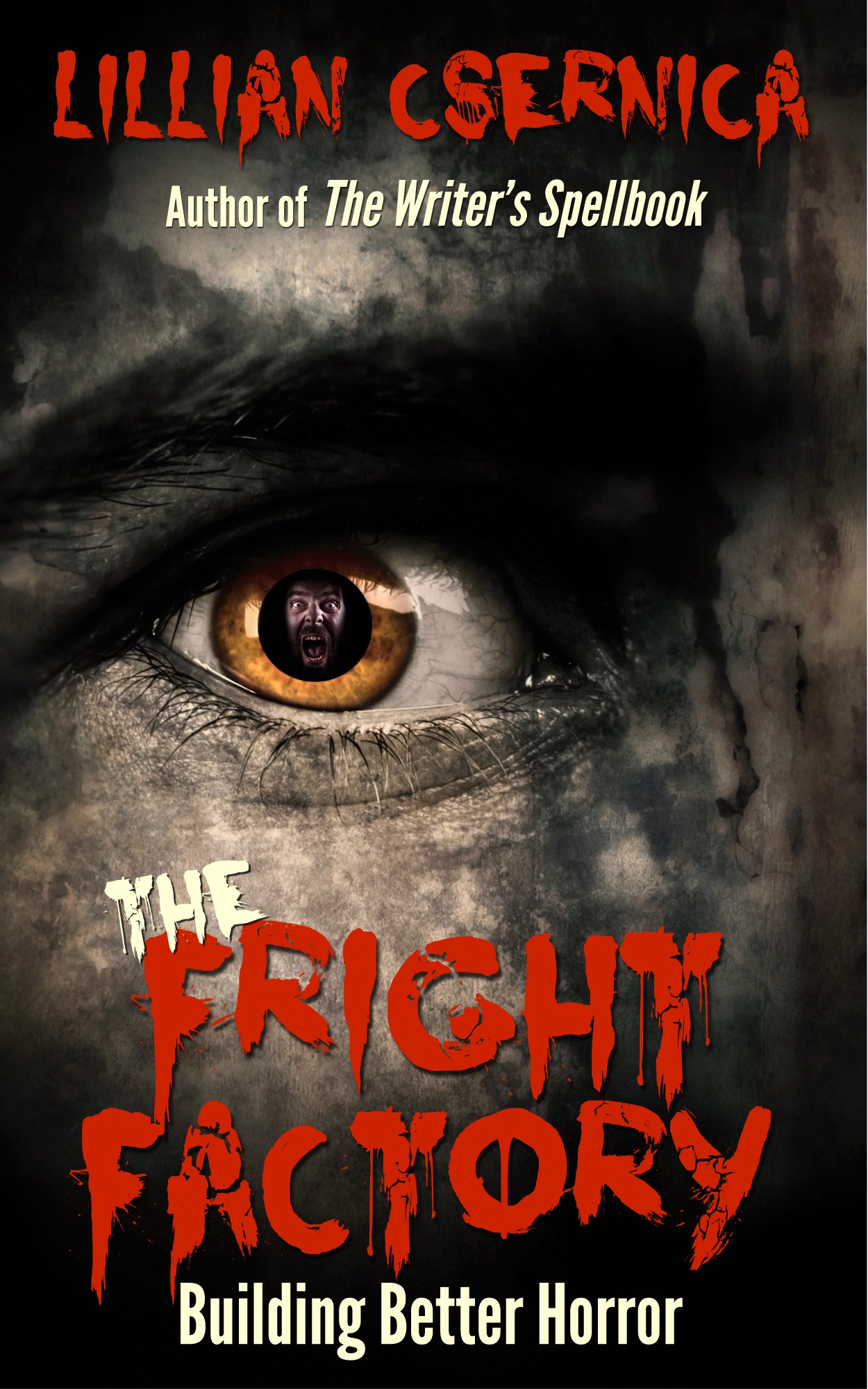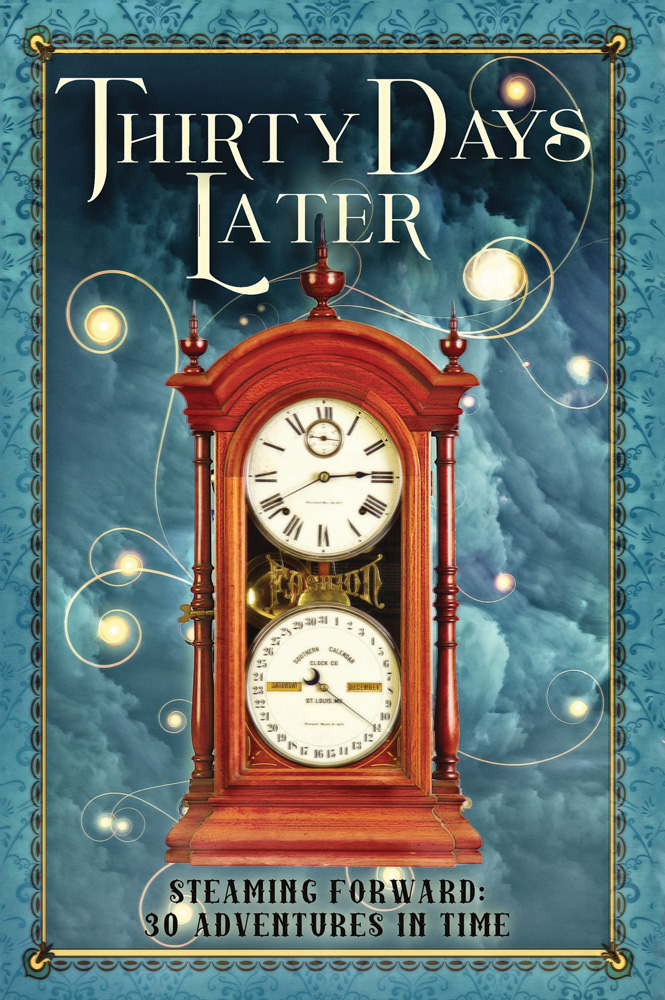by Lillian Csernica on June 27, 2018

Why do I write about history?
History gives me an opportunity to get the big picture on how different countries have tried to make different strategies work. Economic strategies, military strategies, and the more cultural and artistic strategies that come under the heading of fashion.

A good example is Scotland, which has a long history of internal clan conflicts and the border wars with England. The weather in Scotland tends toward clouds and rain. Sheep do well on the landscape of Scotland, so you see a lot of wool in their clothing styles, notably the kilt. I know a lot of people who have spent a great deal of time looking up their family tartans. The truth is, clan tartans are an invention of the Victorian period. This is one of those annoying facts that bursts the romantic bubble of many an amateur historian.
 nippon.com
nippon.com
I’ve written often about my fondness for Japan. Feudal Japan was an era of strict social classes, laws about fashion, and precise rules about social etiquette. While the tyranny of the Tokugawa Shogunate was eventually its own undoing, I must confess I would find a certain comfort in having so many matters of culture spelled out for me. Modern Japanese also enjoy the two-edged sword of knowing exactly who they are and where they stand in whatever social context they find themselves. In the time of the Tokugawa, clothing, hairstyles, personal ornamentation, and weaponry were the indicators of social position. Today we see all that grandeur reduced to the common everyday business card. That has become the crucial indicator of status and context for the Japanese. Westerners are advised to bring plenty of their own. Otherwise there are businesses available which produce cards very quickly with one side in English and the other in Japanese.

I write romance novels, so I get to take a close look at the techniques of wooing in various times and places. Medieval Europe had the concept of the Court of Chivalry. Eleanor of Aquitaine was largely responsible for this idea. Knights were measured against the Code of Chivalry to see if they met the beau ideal of those times. The real purpose of the Courts of Chivalry was to keep the women occupied while the men were off on Crusade or fighting battles closer to home. Bored noblewomen can be dangerous noblewomen, as Eleanor of Aquitaine herself proved on more than one occasion. In our present time the High Court of Chivalry deals with matters of heraldry.

Novels from the Regency and Victorian periods entertain me because they’re all about clothes and money. Social position is the bottom line, and so many of the characters are looking to trade up. Finding someone you can love for the rest of your life is nowhere near as important as finding someone with a respectable income of so many hundreds or thousands of pounds per year. It’s possible that I’ve become a tad cynical regarding romance. When you’ve been married for thirty years, the starry-eyed honeymoon phase is a rather distant memory. That’s probably why I enjoy recreating it in my stories.
 thekustore.com
thekustore.com
Oddly enough, ancient history holds little appeal for me. The mysteries of ancient Egypt focus so much on the afterlife. I know more than I ever wanted to about the process of mummification. I find it interesting that the Egyptian gods have animal heads, which also occur in the Hindu pantheon. What does this similarity mean? What exchange of culture might have gone on that modern archaeologists have yet to discover? As with so many cultures, the most noteworthy people are the upper classes, especially the royalty. The lower classes, especially the slaves, had a hard life.
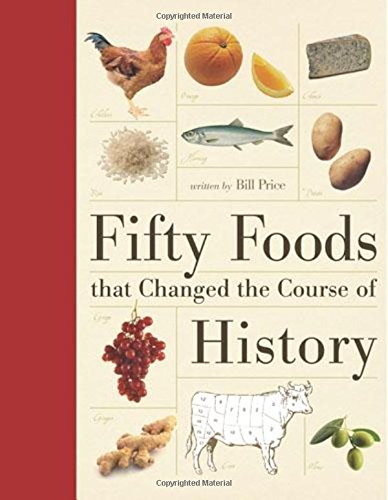 amazon.com.uk
amazon.com.uk
One of the most fascinating aspects of history is food. For the first novel I ever wrote, I had to go looking for Basque cookbooks because the novel was set in Navarre. It took quite some doing, but I finally discovered what my heroine would have for breakfast: chestnuts boiled in milk and sprinkled with nutmeg. Compare that with the necessity in Egypt of having many festal days where the upper classes distributed beer and bread to the lower classes. If not for that, many of the commoners and slaves in Egypt would have starved to death.
In Medieval Europe, bread, watered wine, ale, meats such as venison, game birds, and roast pork, and large wheels of cheese made up the main meal. You can find a number of cookbooks online that provide recipes from the Middle Ages. The key difference in culinary art between the Middles Ages and the Renaissance came down to the use of spices. The Middle Ages saw lots of spices thrown in for rich flavors. Renaissance cooking became more selective, creating unique dishes centered around particular flavor combinations. My research in this area taught me the pleasure of chicken prepared with cinnamon.
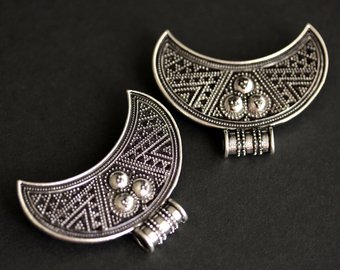 Viking apron brooches
Viking apron brooches
etsy.com
Then there’s jewelry. I could go on and on about the delights of dressing up my heroes and heroines in the bijouterie of their particular time periods. From the hair ornaments of the geisha to the mourning rings of the Victorian period, from the jeweled inlays of the Egyptian pectoral collars to the prayer ropes of the Middles Ages called paternosters made from ivory beads or garnets or even pearls, the treasure chests of history are overflowing. I once had the pleasure of visiting the Smithsonian Institution and seeing the earrings of Marie Antoinette. Given that their total weight was more than 35 carats, it’s a wonder she didn’t end up with earlobes stretched like King Tut’s!
History is full of fascinating details. There are so many ideas out there just waiting to inspire you. Read those history books, those biographies, those memoirs! You never know when you’re going to find the one detail that opens up a world of inspiration.



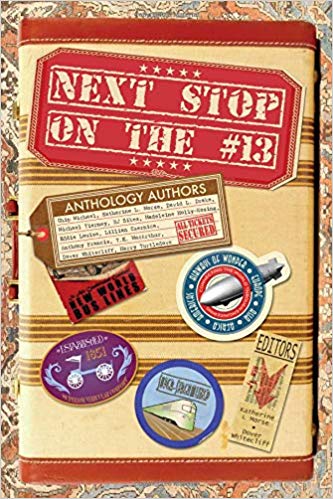


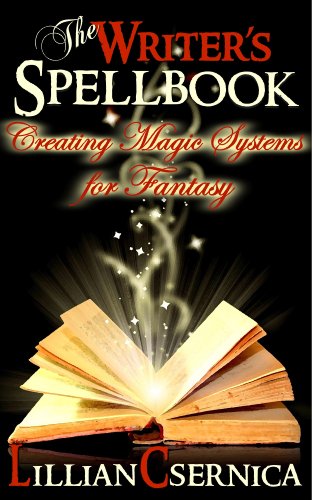



 nippon.com
nippon.com

 thekustore.com
thekustore.com amazon.com.uk
amazon.com.uk Viking apron brooches
Viking apron brooches

